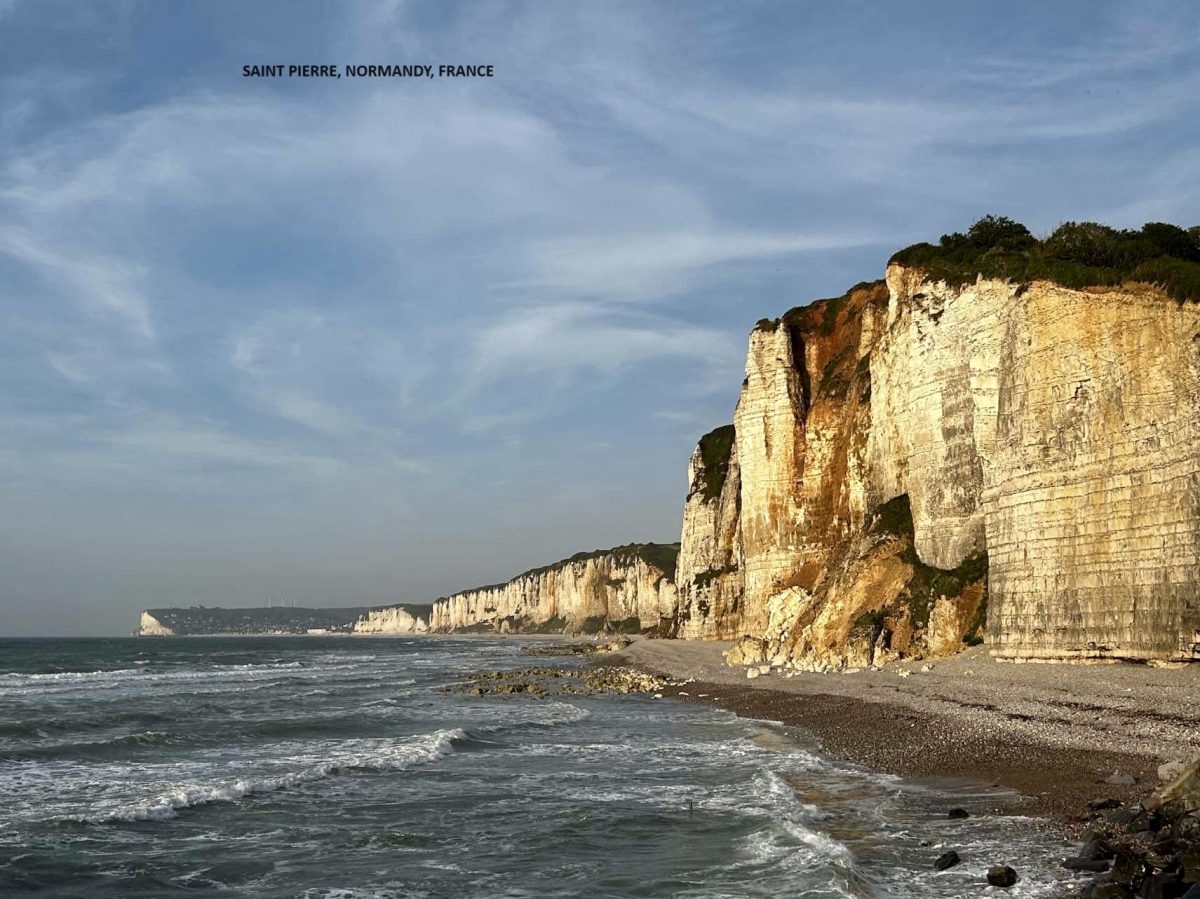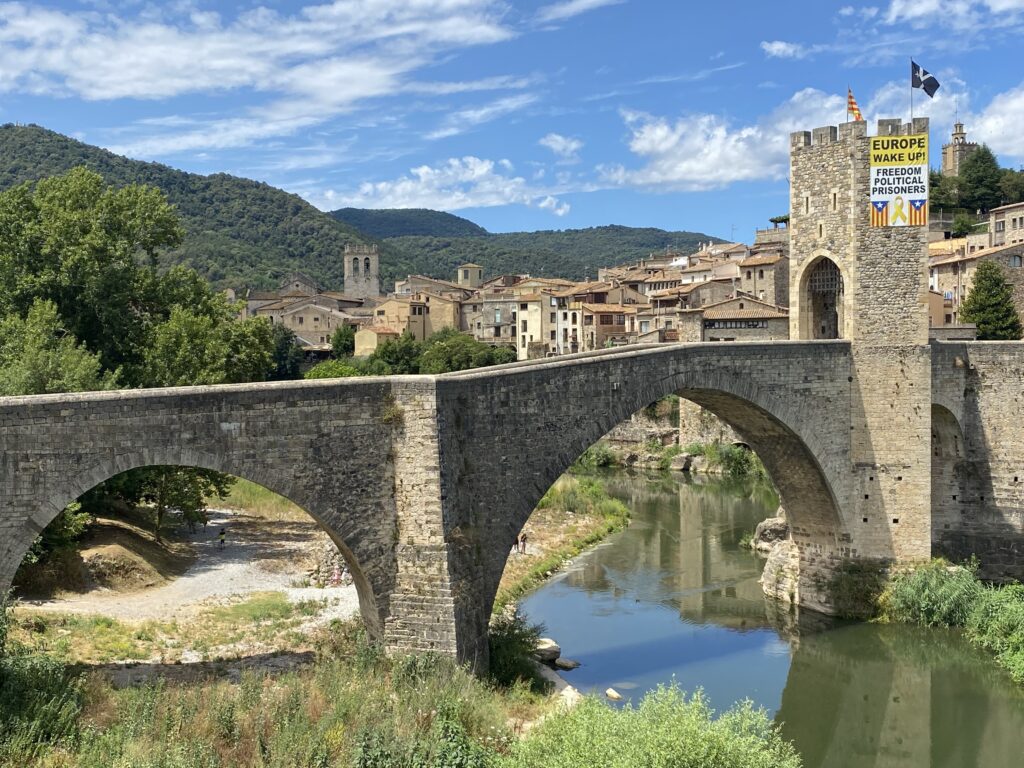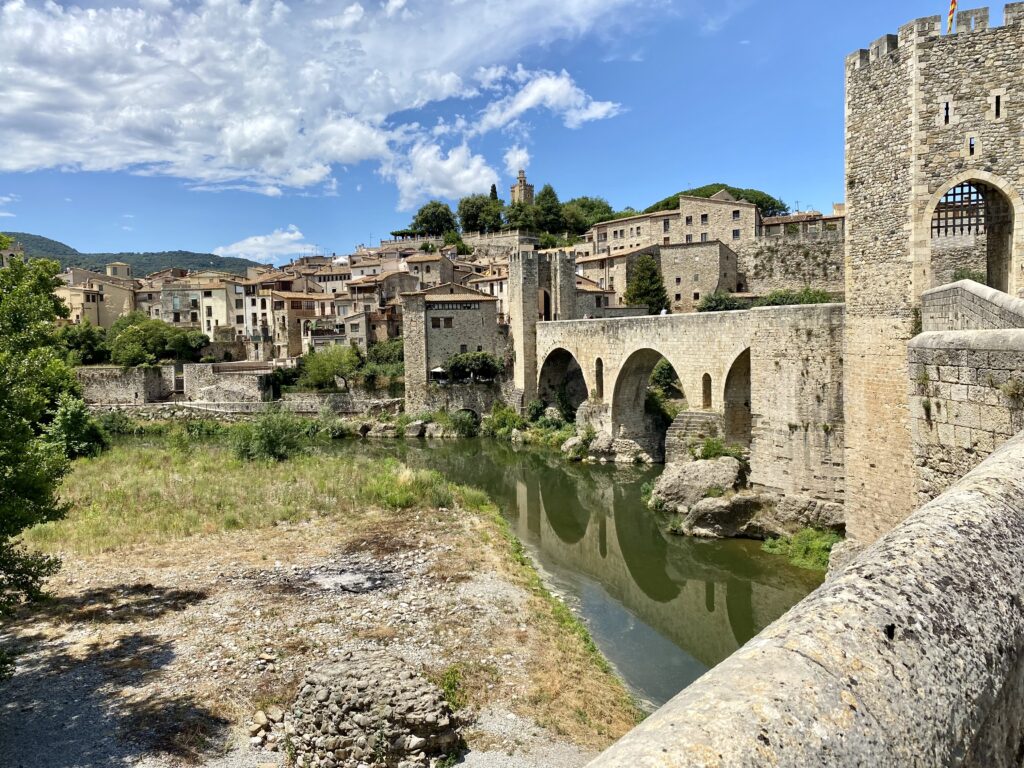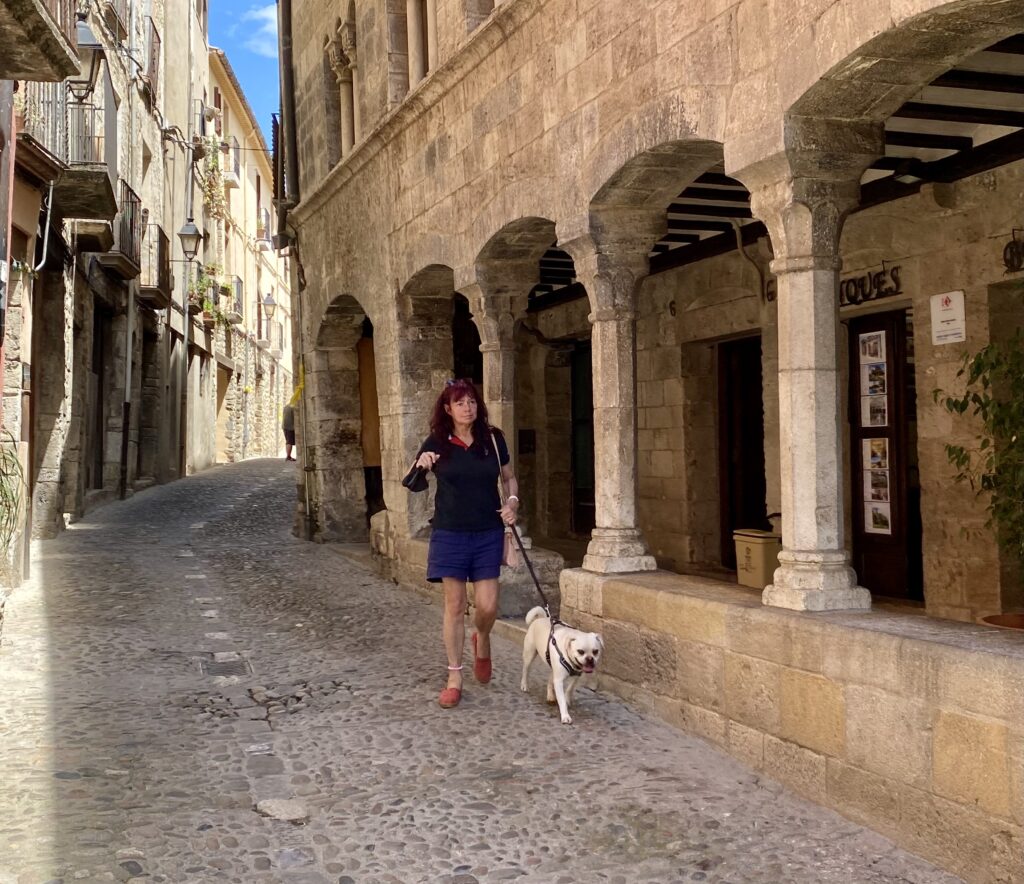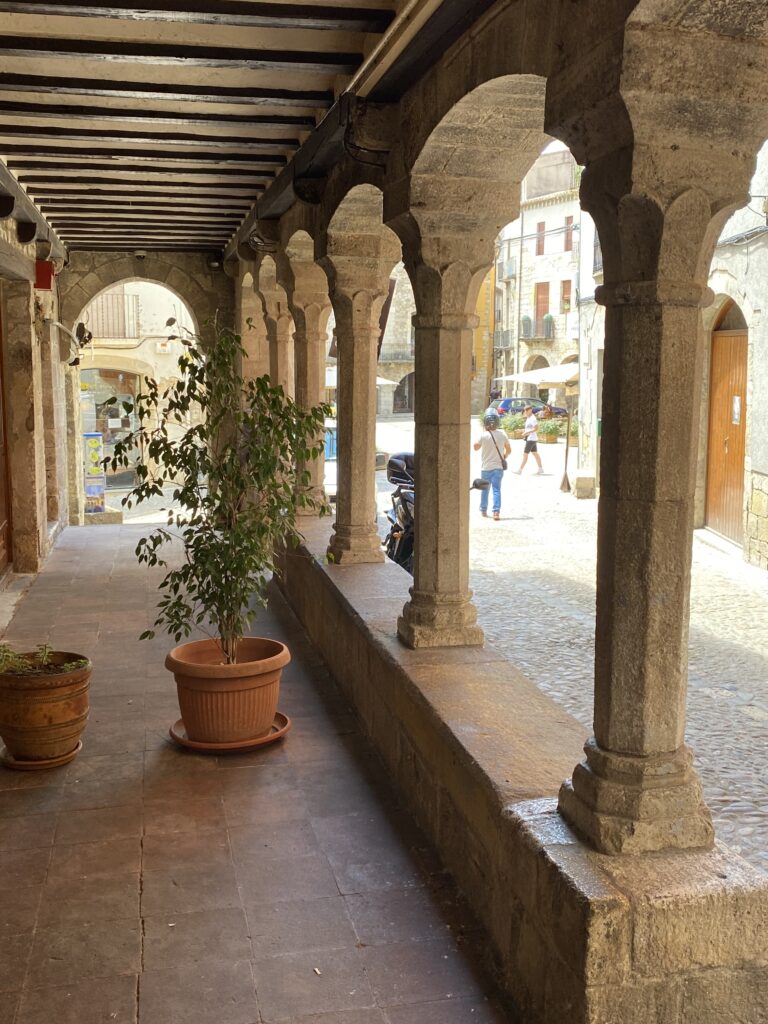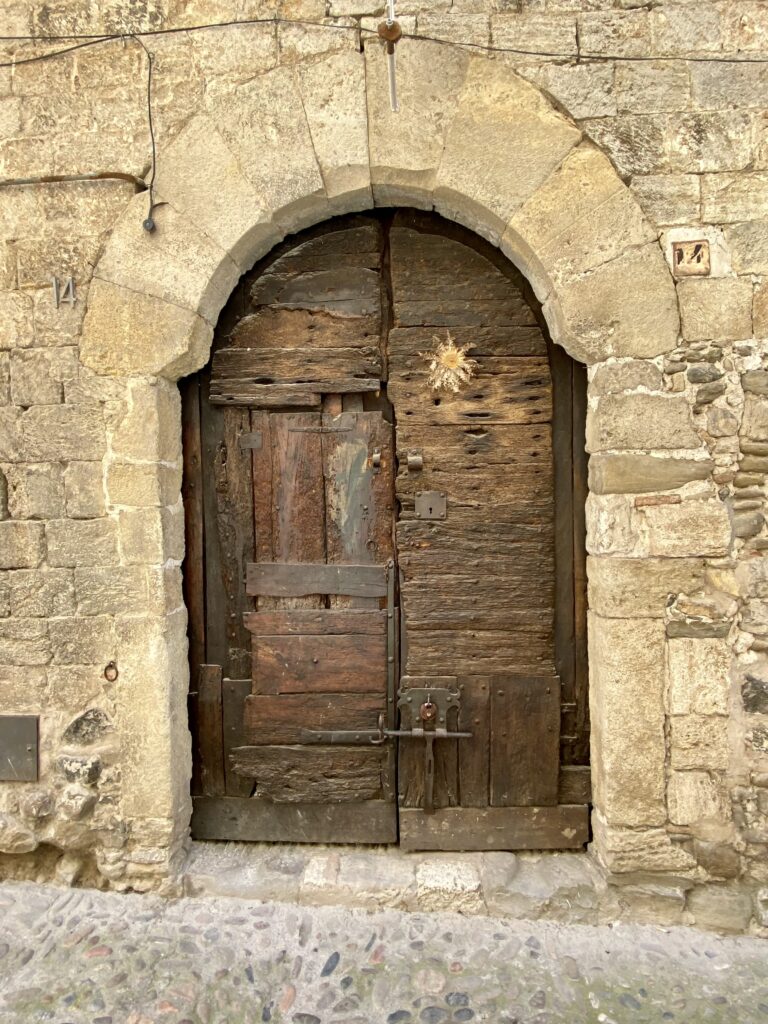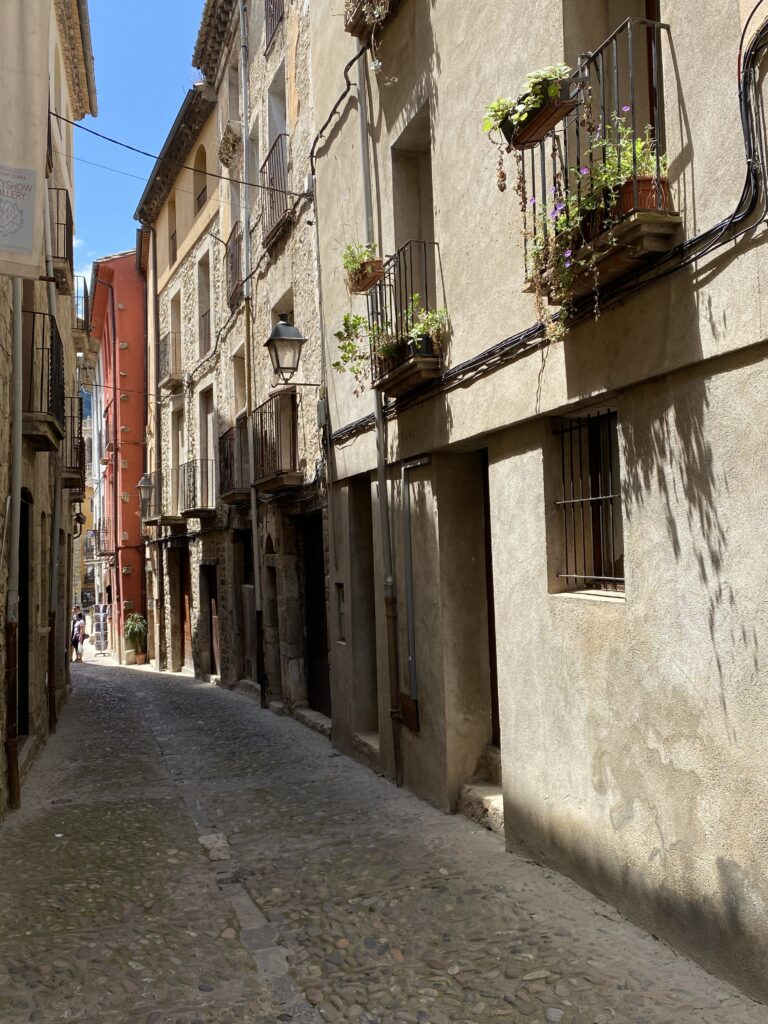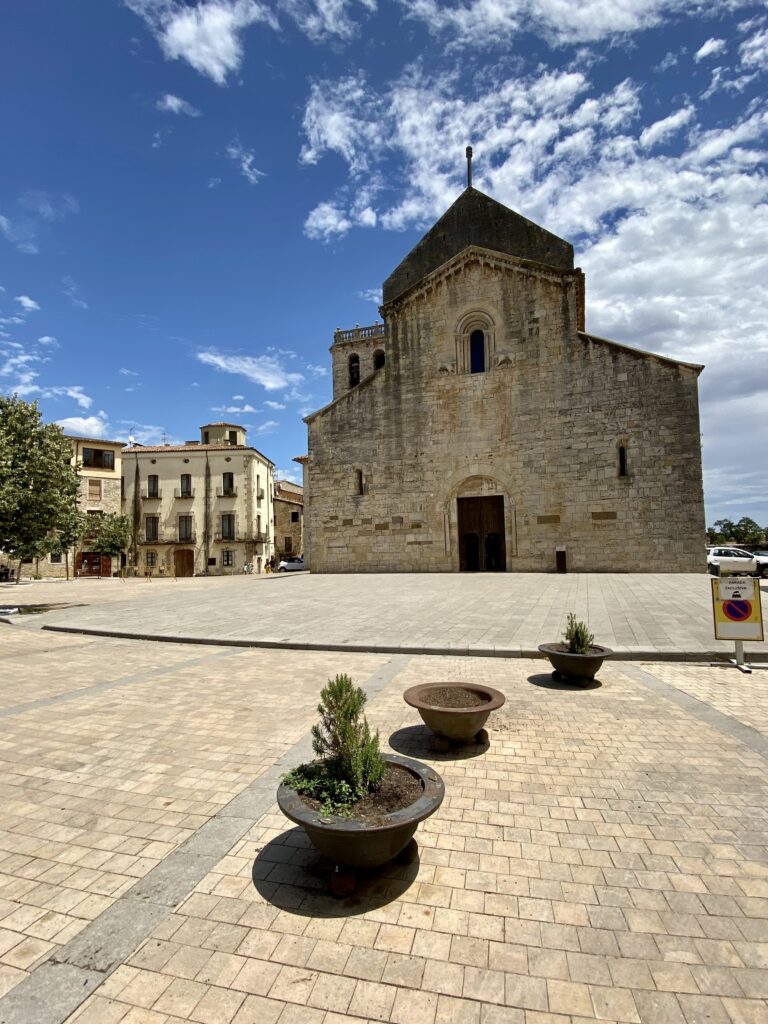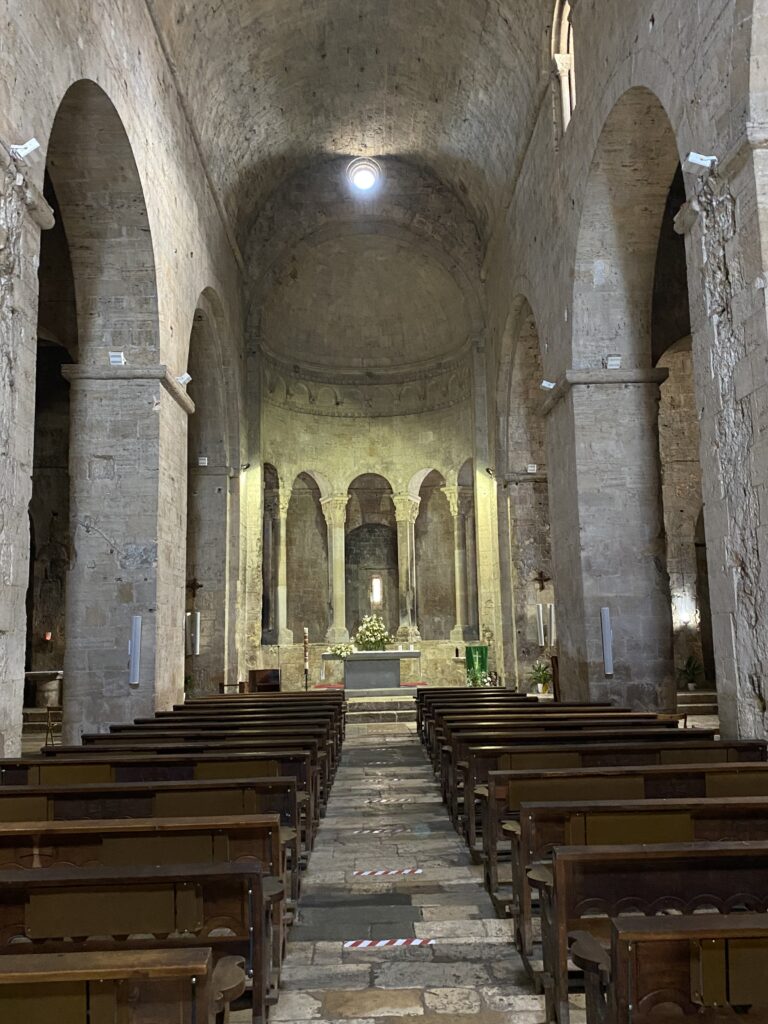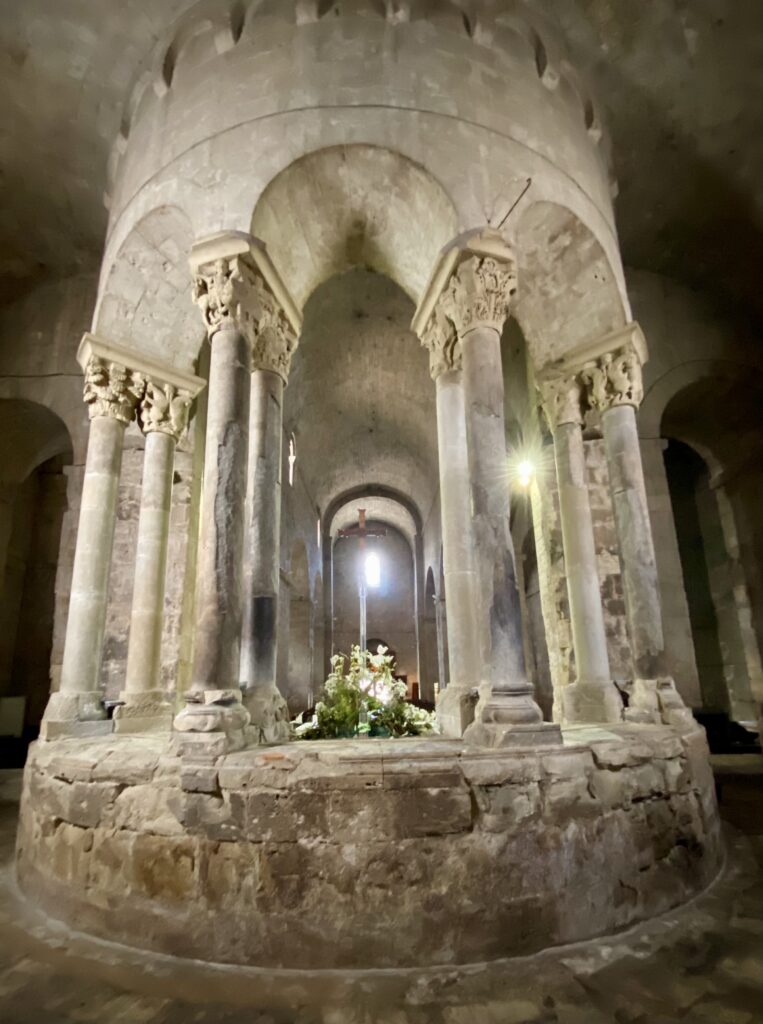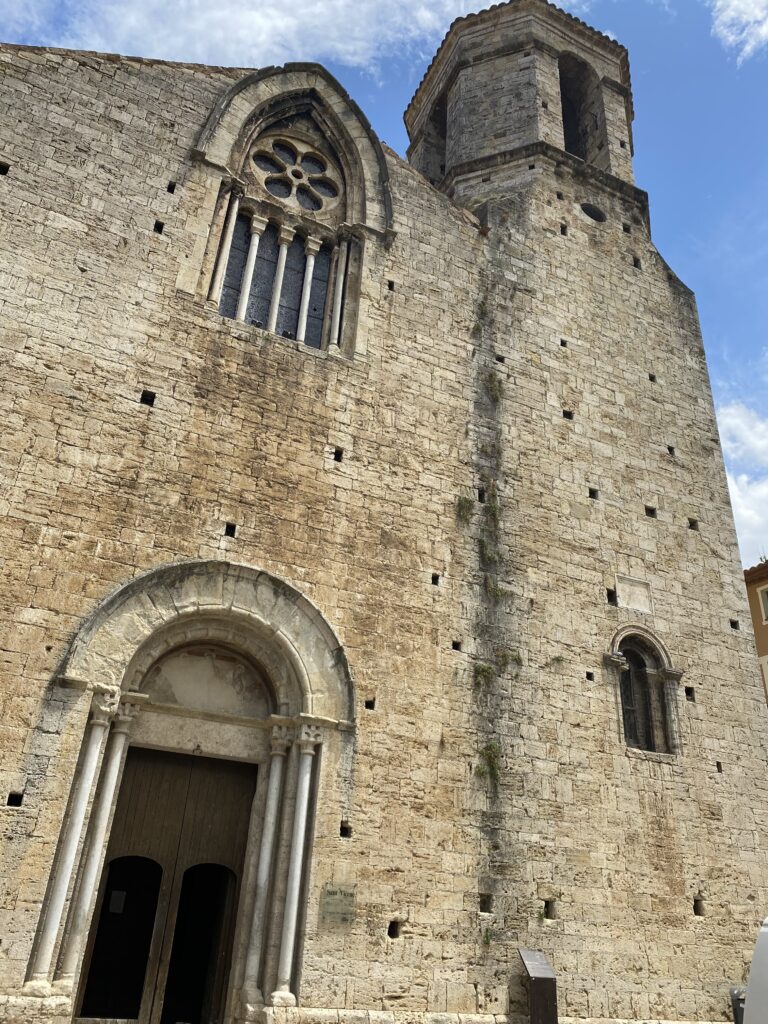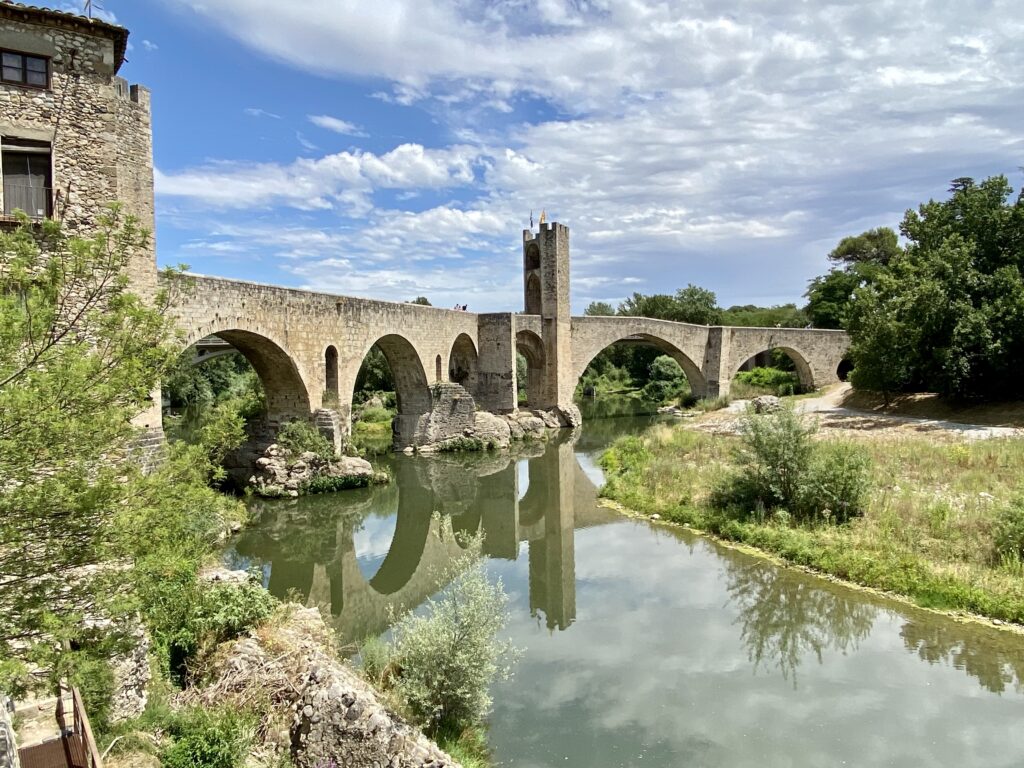Wolfgang Dino, whom we met in Tossa, recommended Besalu as a place to visit and so we did just that (although I made a meal of the journey when, just two kilometres from Besalu, I took the wrong turning off a roundabout and added 20 kilometres to our route – Plonker!). Never mind; we got there in the end and we still had plenty of time to look around and enjoy a tapas lunch.
Besalu is a well preserved and enchanting little town on the Fluvia River at the edge of the La Garrotxa Natural Park in the foothills of the Pyrenees. Access to the town is across an 11th century Romanesque bridge, the Pont Vell, which leads into a maze of 11th to 14th century stone buildings and narrow cobbled streets date all of which are enclosed in the original 12 century town walls. The place is brimming with history and character and while there are a number of tourist shops, their focus is towards locally produced items, lace and ceramics (especially colourful Catalan pottery) and it really does not appear a particularly tourist destination.
Towards the centre of the town on the Place de la Libertat is the Church of Sant Pere de Besalu. Founded in 977 and consecrated in 1003 it is all that remains of a much older and larger Benedictine monastery on this site. There is a town market on the Place de la Libertat every Tuesday.
There is a second church within the town walls, the Church of Saint Vicene, but it doesn’t have the same impact as the Church of Sant Pere.
Besalu is one of the towns listed in the ‘Camino de Sefarad’ which is a network of Jewish Quarters, “each with significant Jewish Heritage”, stretching across Spain. Besalu had a sizeable community of Sephardic Jews (i.e. Jews who lived in Spain until the time of the Inquisition and who spoke a Spanish Hebrew patois known as Ladino) but this particular community disappeared not long after Pope Benedict issued his Bull in 1415 which prompted yet another systematic persecution of the local Jews by their Christian neighbours. The Christians in Besalu elected to board up the doors and windows of houses and block off all streets in the Jewish Quarter (except the one route out of town) and within 20 years all the Jews had gone. Besalu’s Jewish Quarter fell into ruin but in 1964 an almost perfectly preserved Jewish 13th Century Public Bath (the mikvah) was unearthed during local construction. It is this mikvah which secured Besalu a place in the Camino de Sefarad – there are only three still standing across the whole of Europe.

